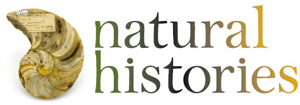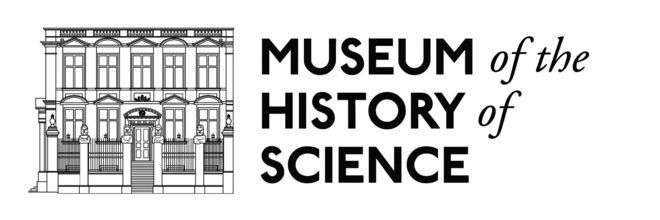Order
 Hairy Lousewort (Pedicularis hirsuta)
Hairy Lousewort (Pedicularis hirsuta)The signature at the bottom of this herbarium sheet shows it was prepared by Carl Linnaeus. The plant is named according to the binomial system he devised: Pedicularis means lice-like, hirsuta means hairy.
Naming is all important here. The system of naming plants and animals – taxonomy – was laid down in the 18th century by Swedish botanist and zoologist Carl Linnaeus (1707-1778). The Linnaean system is a binomial nomenclature, or two-part name. You will recognise it: two Latin words, denoting first the genus and then the species. We belong to the genus Homo and we are the species Homo sapiens. All the other species of Homo, such as erectus and neanderthalensis, are extinct.
When a new species of plant or animal is found, living or fossilised, it is described and given a unique binomial name. Some are humorous, such as Scaptia beyonceae, a horsefly named after the singer Beyoncé on account of its gold-tipped abdomen.
The specimen, or specimens, on which an original description is based are referred to as the type series – the primary reference for that species. Types are carefully preserved in major museums where they are accessible for future researchers to study.
The Tradescant warthog
Naming and classifying a plant or animal is not always a straightforward business. The warthog skull below belonged to the Tradescant collection, which formed part of the founding material of the Old Ashmolean in 1683.
 Tradescant warthog (Phacochoerus africanus)
Tradescant warthog (Phacochoerus africanus)Although the warthog has been in the University's natural history collection for more than 300 years, its description and scientific name have changed a number of times as different Keepers compiled new catalogues.
It was at first named “Babyrousa, the Horned Hog”, due to its splendid tusks then mistaken for horns, then in the 18th century it was called the "Ethiopian boar", Aper aethiopicus. From 1836 it was listed as Sus aethiopicus, or Cape warthog, but by the time the Museum of Natural History had opened in Parks Road, in 1860, the specimen was identified as Phacochoerus aethiopicus, a Cape or Desert warthog. We now know it as a Phacochoerus africanus, the common warthog.
Whatever the name, this skull is the earliest evidence of this species in Europe and the oldest museum warthog skull on record.


